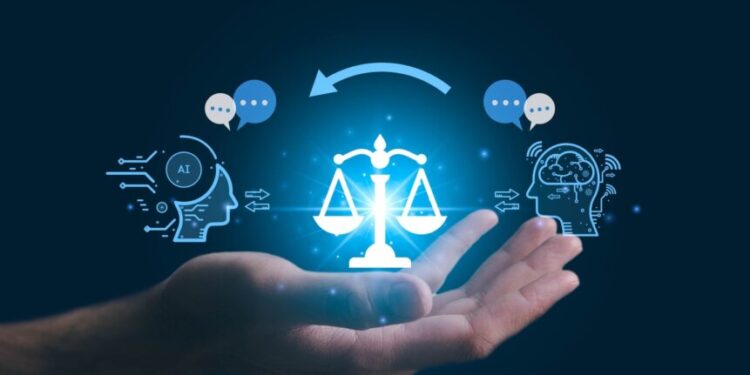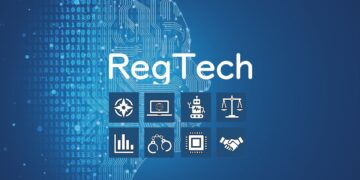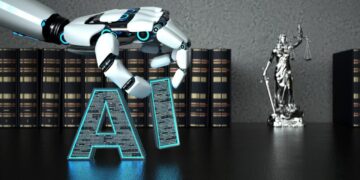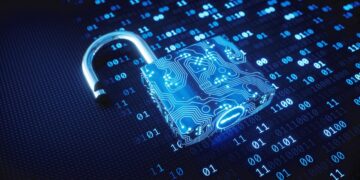Artificial intelligence (AI) has rapidly transitioned from a concept of science fiction to a pervasive force reshaping industries, economies, and societies. Its integration into our daily lives—from self-driving cars and medical diagnostics to predictive algorithms and creative tools—raises a myriad of complex legal and ethical questions. AI’s Legal Frontiers is a burgeoning field of law that seeks to address these challenges, establishing new frameworks and reinterpreting existing ones to keep pace with technological advancement. This article will provide a comprehensive exploration of the legal issues at the intersection of AI and law. We will delve into critical areas such as intellectual property, liability, data privacy, and the future of regulation, offering a deep dive into how legal systems are adapting to a world increasingly governed by algorithms.
Intellectual Property in the Age of AI
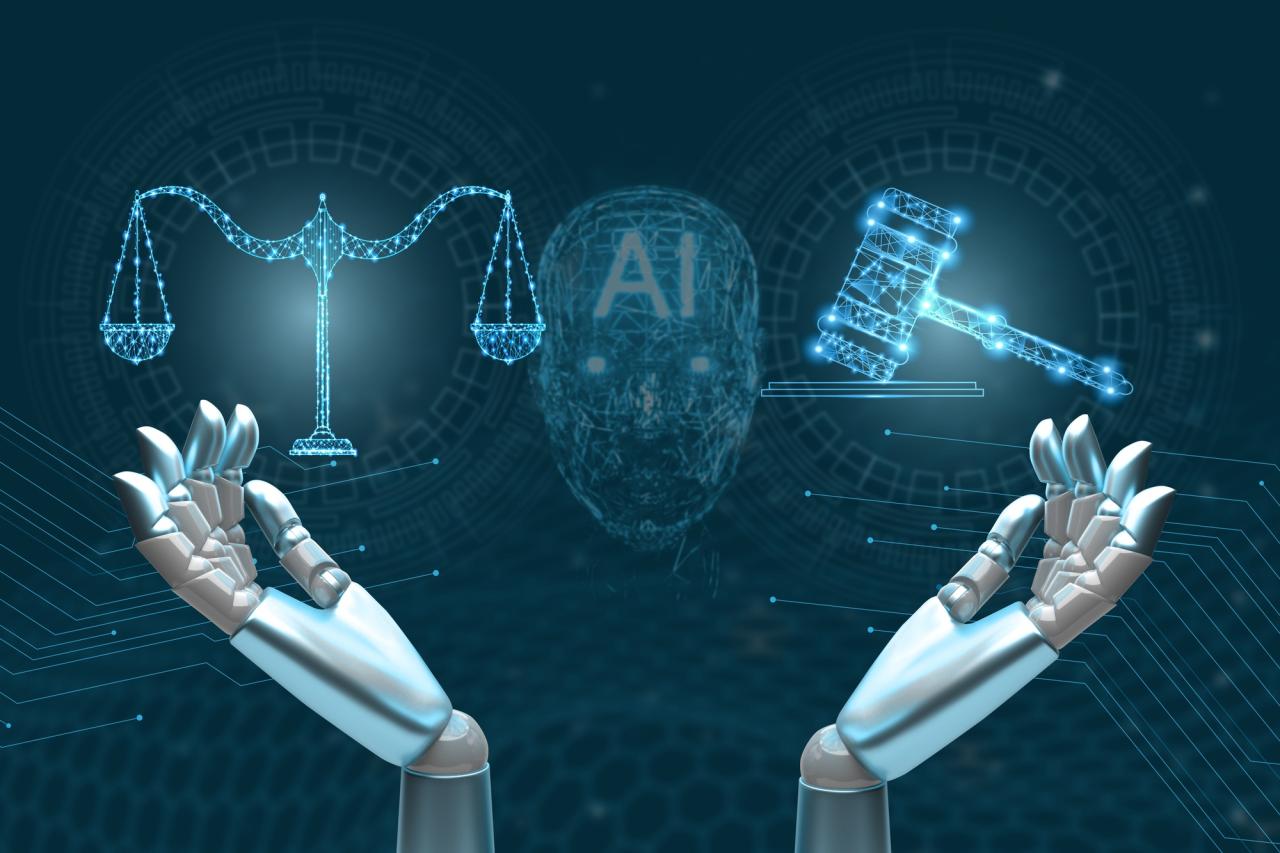
One of the most pressing legal questions surrounding AI is who owns the creative output of a machine. As AI systems become more capable of generating original content—be it music, art, or written text—the traditional concepts of copyright, patents, and ownership are being challenged.
A. AI and Copyright: Traditional copyright law requires a work to be created by a human author. This is the “human authorship” principle. However, what happens when an AI generates a new piece of music or a novel?
- The “Author” Dilemma: The legal system is grappling with whether an AI can be considered an author. If not, does the copyright belong to the programmer, the person who prompted the AI, or the company that owns the AI? Or, is the work simply in the public domain?
- Protecting AI-Generated Works: The U.S. Copyright Office has stated that human authorship is a prerequisite for copyright protection. This creates a gray area for works that are largely, but not entirely, generated by AI. The legal path forward will likely involve new legislation or a reinterpretation of existing laws to define the boundaries of human contribution.
B. Patents for AI Inventions: Patent law has a similar challenge. Patents are granted to inventors, and the law has a clear definition of an inventor as a “natural person.”
- The DABUS Case: The DABUS case, where an AI system was named as the inventor on a patent application, brought this issue to a head. Courts in various countries have ruled against granting the AI inventor status, but the case highlighted the need for a more comprehensive legal framework.
- Ownership of AI-Assisted Inventions: A more common scenario is a human inventor using an AI as a tool to accelerate the invention process. In these cases, the patent typically goes to the human, but as the AI’s role becomes more significant, the question of its contribution will become a point of contention.
C. Training Data and Copyright Infringement: AI models are often trained on vast datasets of existing creative works, many of which are copyrighted. This raises the legal question of whether the act of “scraping” this data constitutes copyright infringement.
- Fair Use and Transformation: The legal defense of “fair use” is a major part of this debate. Does the training of a large language model constitute a transformative use of the original works? The outcome of these cases will have a profound impact on how future AI models are developed and trained.
Liability and Responsibility for Autonomous Systems
When an AI system or autonomous vehicle causes harm, who is legally responsible? This is a critical area of AI law with significant implications for a range of industries, from healthcare to transportation.
A. The Self-Driving Car Dilemma: The most visible example of this is the self-driving car. If a self-driving car causes an accident, who is liable?
- Manufacturer Liability: The prevailing view is that the manufacturer would be held responsible, similar to a product liability case. The argument is that the AI system is a component of the product, and if it fails, it’s a manufacturing defect.
- The “Black Box” Problem: A major challenge is the “black box” nature of many AI systems. It can be difficult to determine exactly why an AI made a certain decision. This makes it challenging for a court to establish negligence, and it places a heavy burden on manufacturers to prove the system was safe.
B. Medical AI and Malpractice: AI is being used in medical diagnostics, surgery, and drug discovery. If an AI system provides a flawed diagnosis that leads to patient harm, who is liable?
- The Doctor’s Role: The legal system would likely hold the doctor responsible, as they are ultimately the ones making the final decision. However, as AI systems become more sophisticated and autonomous, the line of responsibility will blur.
- Manufacturer’s Duty: Manufacturers of medical AI systems have a duty to ensure their products are safe and effective. They would be held liable for any defects in the software that led to a flawed outcome.
C. Developing New Legal Frameworks: Existing tort law, which governs negligence and liability, may not be sufficient for autonomous systems.
- No-Fault Systems: Some experts have proposed no-fault systems for AI-related accidents, where a compensation fund would be set up to quickly pay victims without the need to prove negligence. This would be similar to how some countries handle vaccine injuries.
- Mandatory AI Insurance: Another proposal is to require mandatory insurance for all companies that develop or use AI systems that could cause harm.
Data Privacy, Bias, and Ethical Regulation
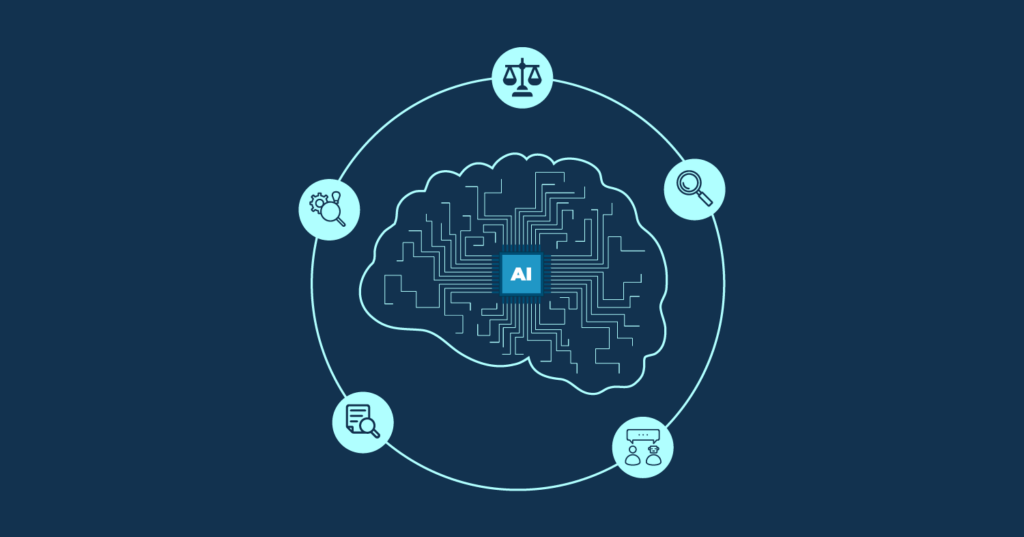
AI systems are only as good as the data they are trained on, and this data often contains personal information and inherent biases. The legal landscape is grappling with how to protect data and ensure AI systems are fair and unbiased.
A. Data Privacy and GDPR: The European Union’s General Data Protection Regulation (GDPR) has set a global standard for data privacy.
- AI and Personal Data: AI systems often require vast amounts of personal data to function. The legal challenge is to balance this need with an individual’s right to privacy. The GDPR gives individuals the “right to be forgotten” and the right to object to automated decision-making. These rights pose a significant challenge to AI developers.
- Data Anonymization: AI developers are increasingly using anonymized data to train their models, but there are ongoing debates about whether this data can be fully anonymized or “re-identified” later.
B. Algorithmic Bias and Discrimination: AI systems can inherit and amplify the biases present in their training data. This can lead to discriminatory outcomes in areas like hiring, lending, and criminal justice.
- The Legal Challenge: The legal system is still developing ways to address algorithmic discrimination. The challenge is to prove that the AI system’s output is discriminatory, as the algorithm itself may not be explicitly biased.
- Auditing and Explainability: The field of “explainable AI” is a legal and ethical response to this. It focuses on creating AI systems that can explain how they arrived at a certain decision. This would allow for a legal audit and help to identify and correct biases.
C. Regulatory Oversight and Governance: The global push for AI regulation is accelerating.
- The EU AI Act: The European Union is in the process of passing a landmark AI Act, which would classify AI systems by risk level, with a complete ban on systems that pose an unacceptable risk.
- The U.S. Approach: The U.S. has taken a less centralized approach, with various government agencies and states proposing their own regulations. The focus is on encouraging innovation while mitigating risks.
- International Collaboration: Given the global nature of AI, international collaboration will be crucial to create a consistent and effective regulatory framework.
The Future of Legal Practice with AI
AI is not only a subject of legal scrutiny but also a tool that is transforming the legal profession itself. AI-powered software is being used to streamline legal research, automate contract review, and predict litigation outcomes.
A. AI and Legal Research: AI systems can search through millions of legal documents in seconds, finding relevant cases and statutes that would take a human lawyer hours or days to find.
- Efficiency and Accuracy: This dramatically increases the efficiency of legal research and can lead to more accurate outcomes, as the AI can find subtle connections that a human might miss.
- The Lawyer’s Evolving Role: The lawyer’s role is shifting from a document searcher to a legal strategist, using the insights provided by AI to build a stronger case.
B. Automated Contract Review: AI software can review legal contracts, identify key clauses, and flag potential risks. This is a game-changer for due diligence and contract management.
- Reduced Cost and Time: It can significantly reduce the cost and time associated with contract review, making legal services more accessible.
- The Human in the Loop: While the AI can do the heavy lifting, a human lawyer is still needed to provide legal judgment and context.
C. Predictive Analytics in Litigation: AI can be used to analyze past court cases and predict the likely outcome of a new case.
- Strategic Advantage: This gives lawyers a strategic advantage, helping them to make more informed decisions about whether to settle or go to trial.
- Ethical Considerations: The use of predictive analytics raises ethical questions about whether it will create a two-tiered legal system, where those with access to this technology have an unfair advantage.
Conclusion
AI’s legal frontiers are vast, complex, and rapidly expanding. The legal system, a pillar of human order, is being tested by a technology that is both a product of human ingenuity and an entity that challenges our most fundamental definitions of authorship, responsibility, and personhood. The challenges are significant, but so are the opportunities. By developing new legal frameworks, reinterpreting existing laws, and embracing AI as a tool for a more efficient and equitable legal system, we can navigate this new era. The journey will require a deep collaboration between legal scholars, technologists, and policymakers to create a future where AI serves as a powerful force for good, governed by a legal system that is as intelligent, adaptable, and forward-looking as the technology it seeks to regulate. The future of law is inextricably linked to the future of AI, and the decisions we make today will define the shape of our society for generations to come.

